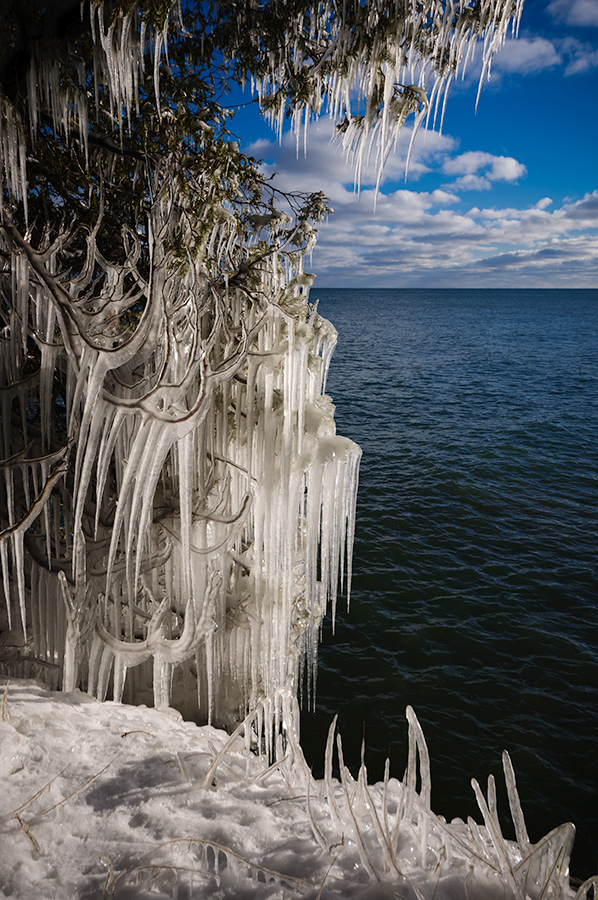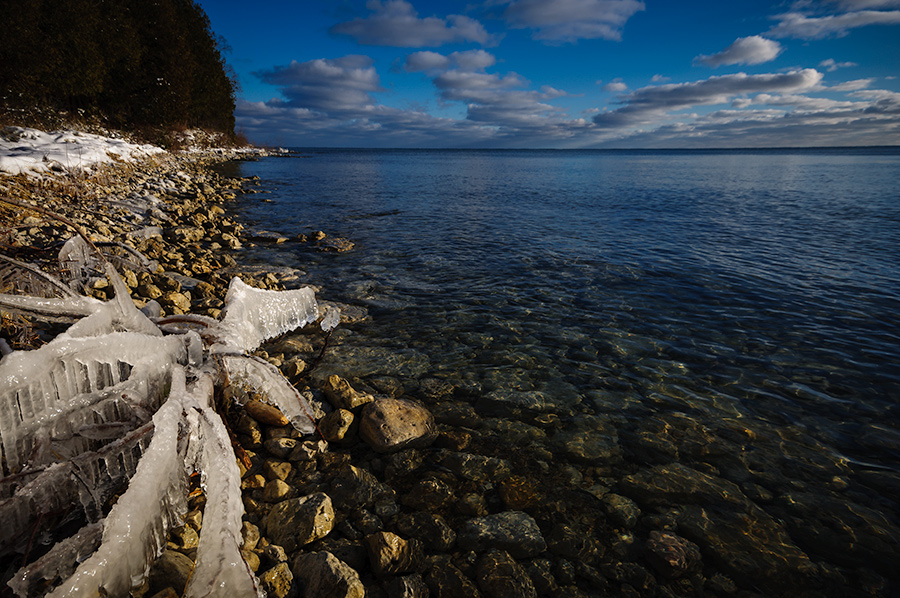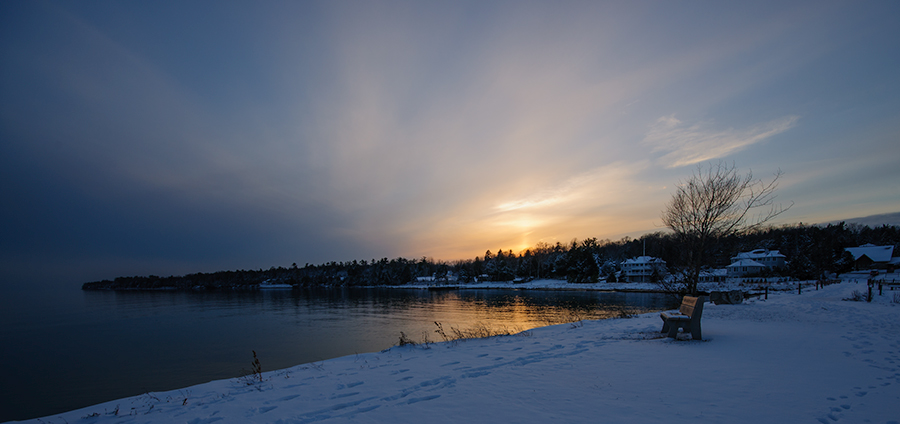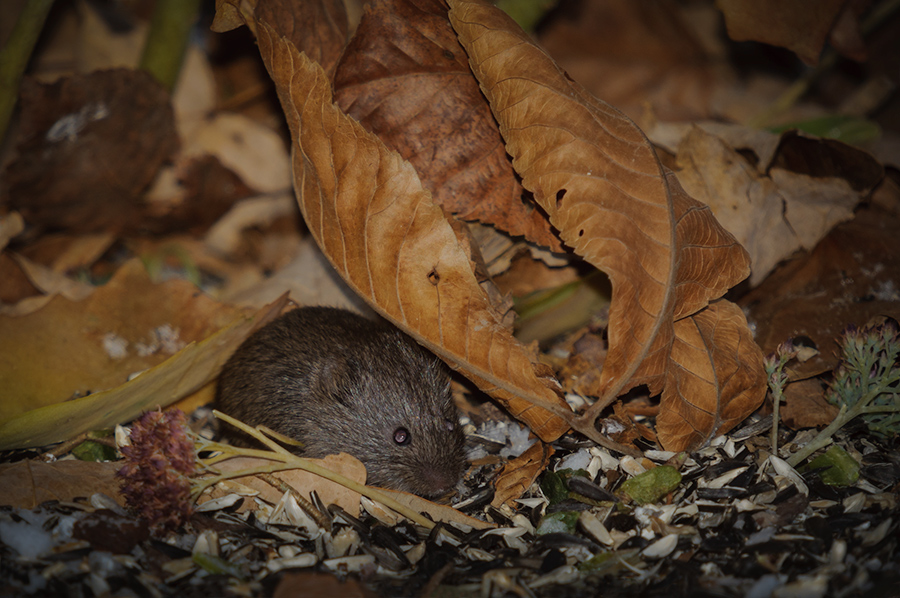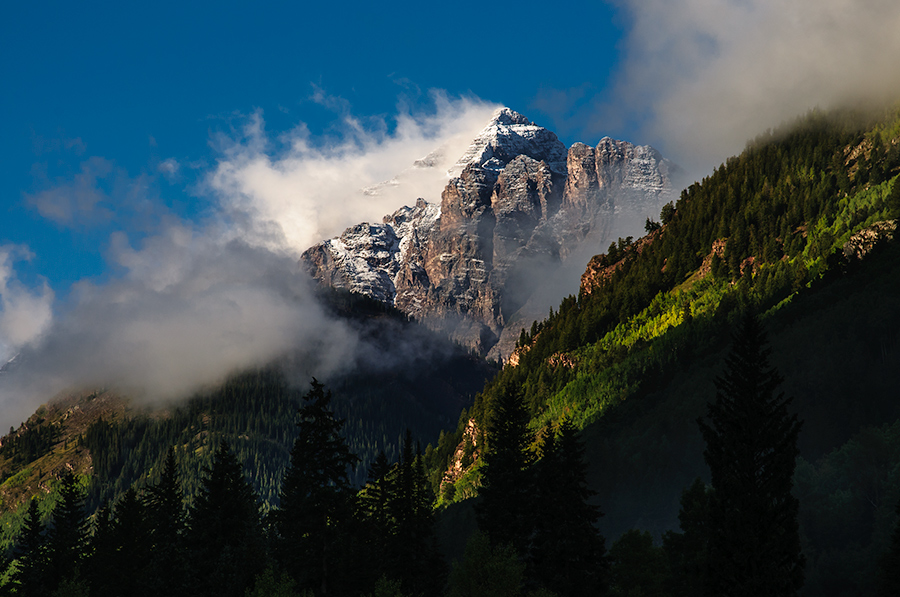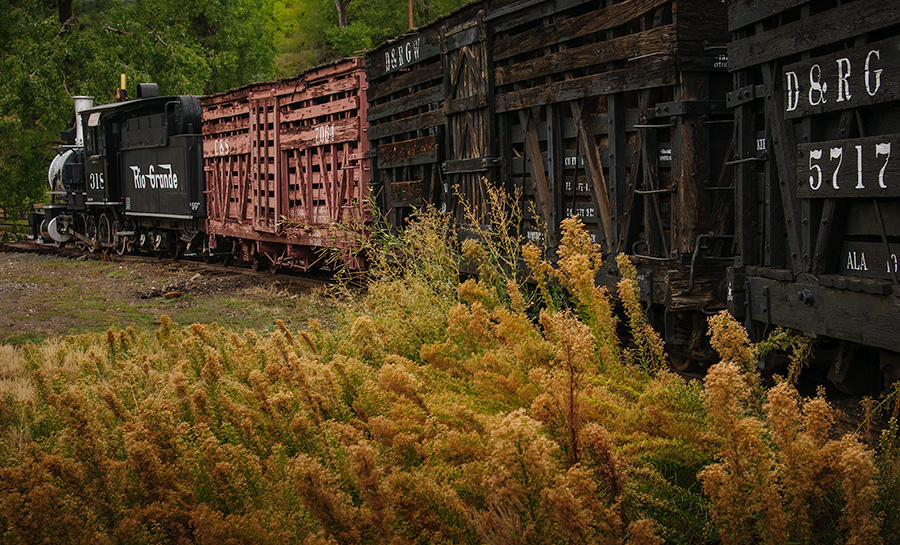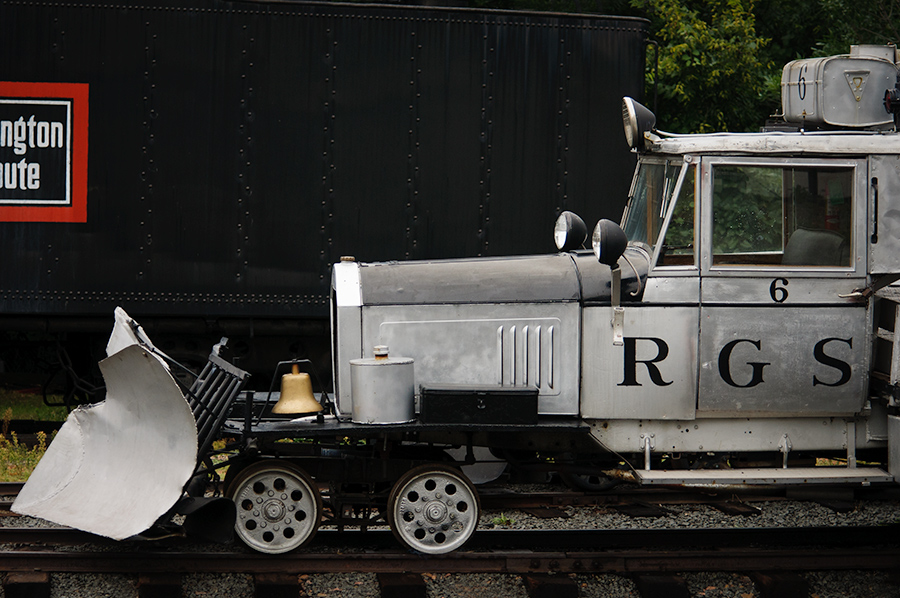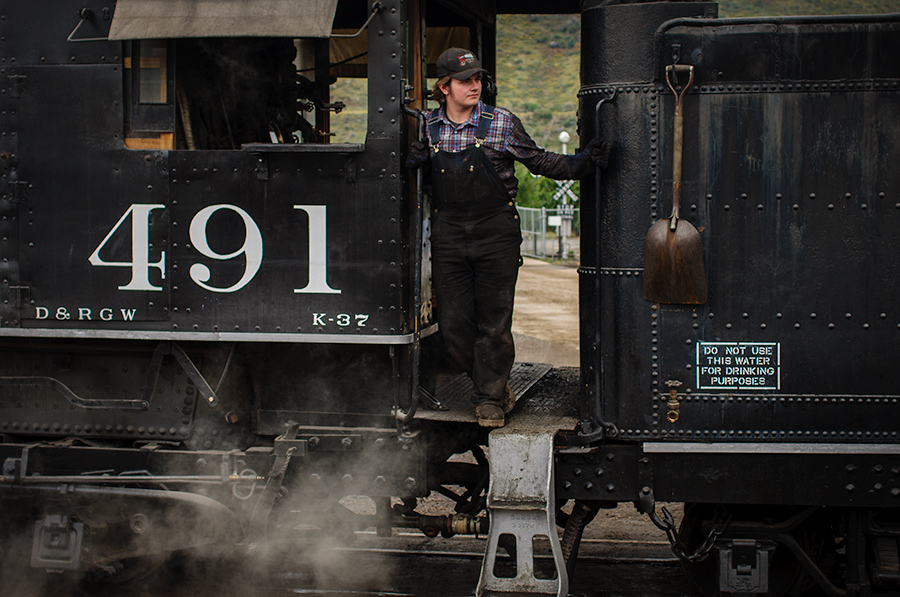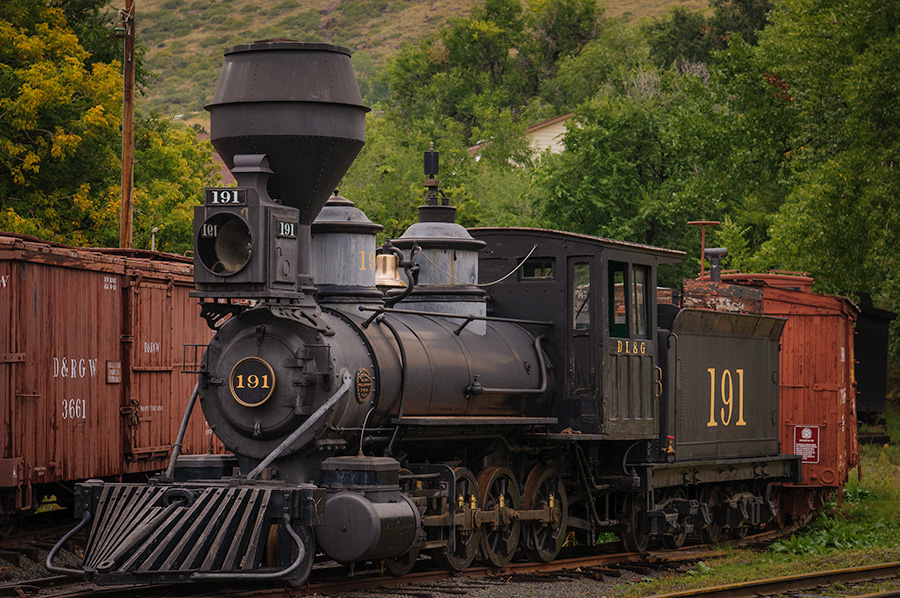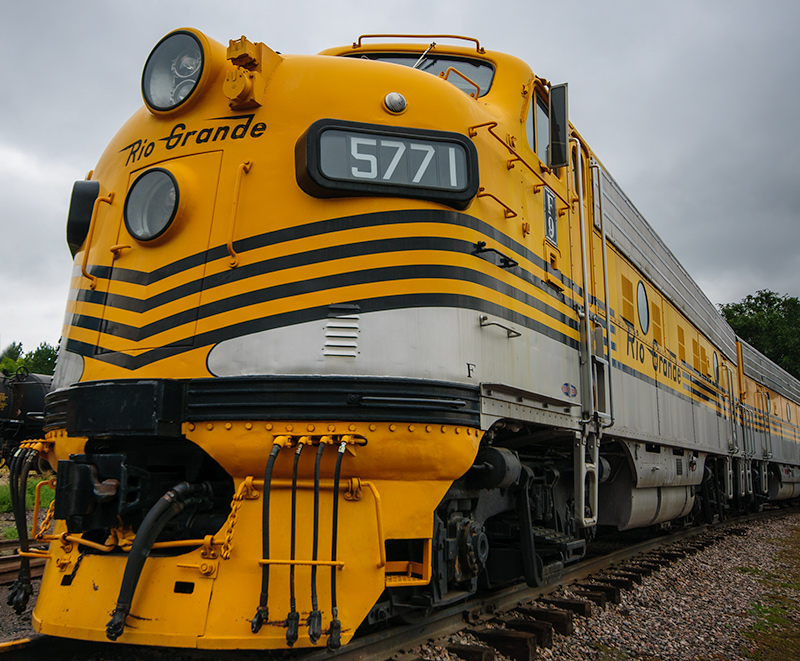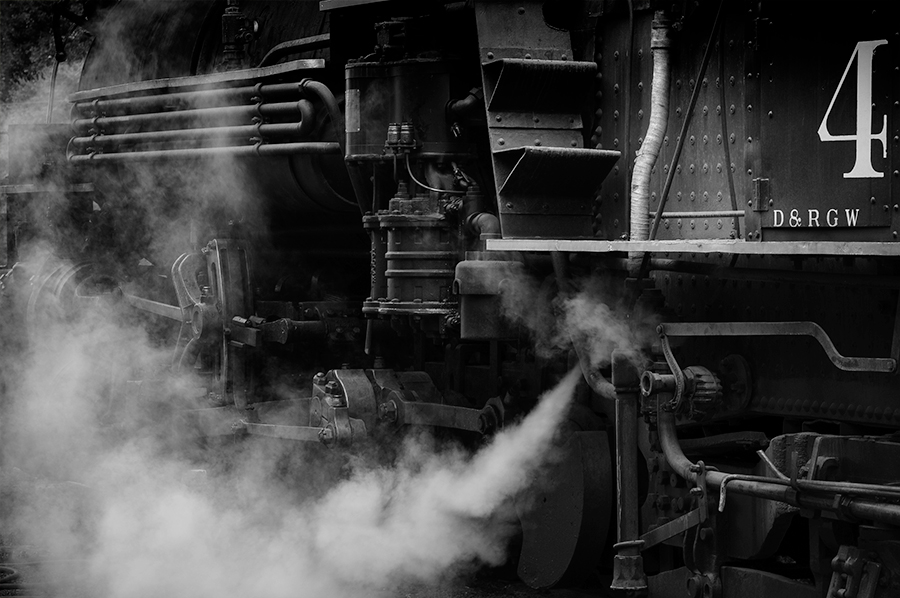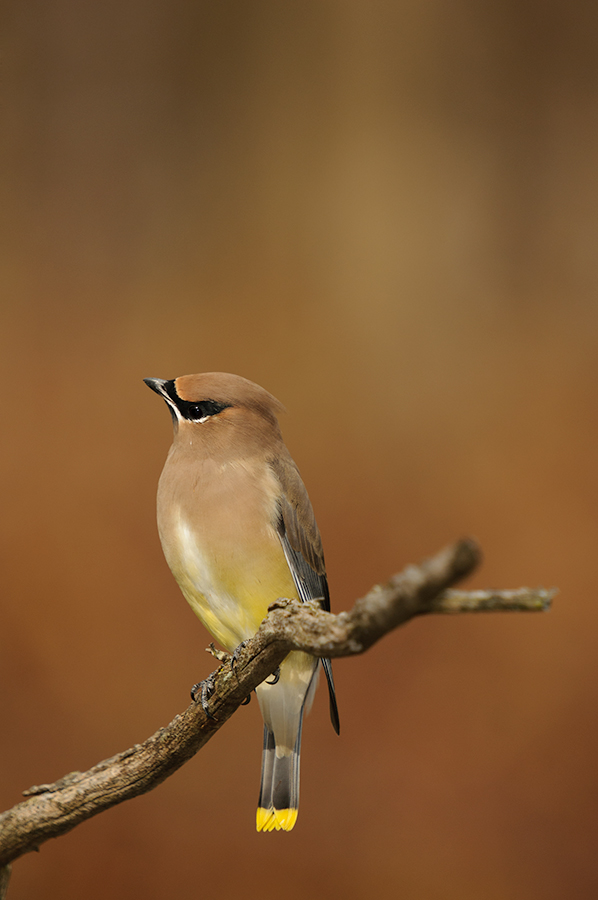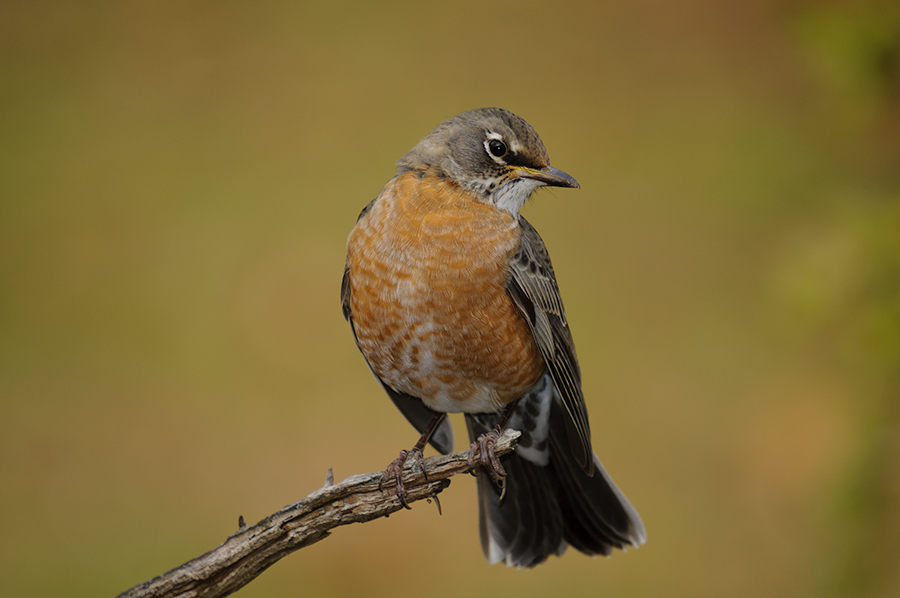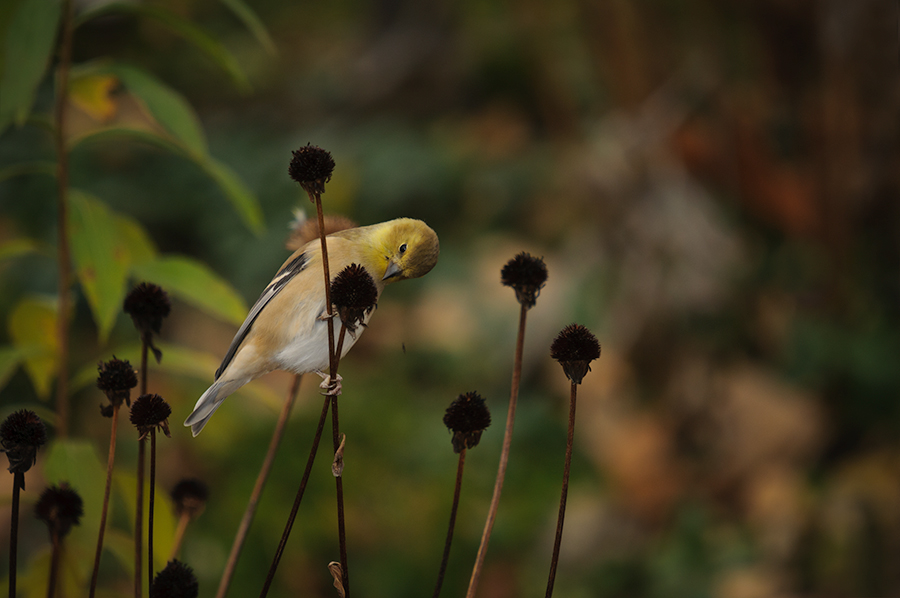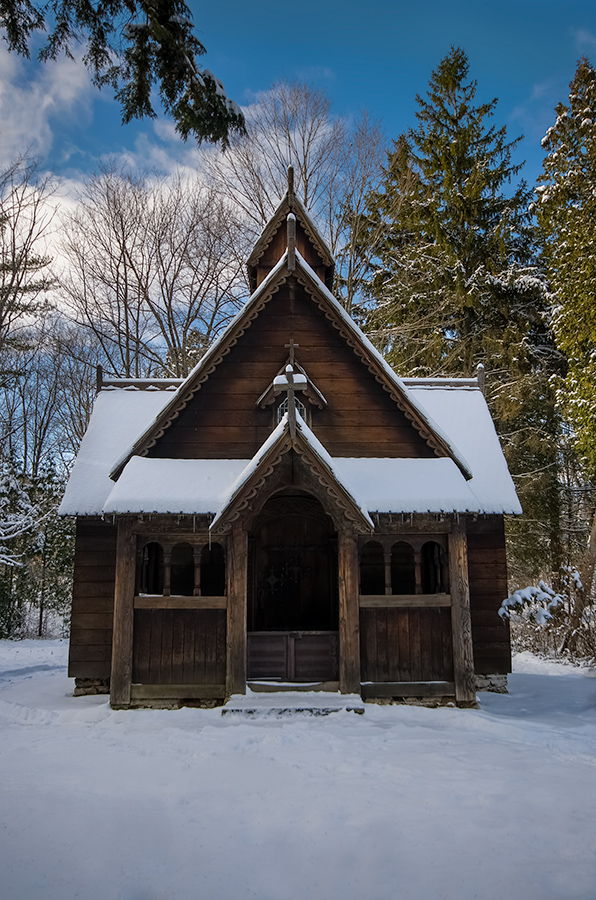
I have visited almost all stave churches (stavkirke) in Norway during frequent visits in the 90’s because I’m fascinated by their architecture. There are a few replicas here in the US and a year ago Joan and I visited the one on Washington Island just north of the Door Peninsula. You can click HERE to see my post from last year about this beautiful stavkirke.
Just the night before Thanksgiving we found out that another chapel in this architectural style is located not far from Bailey Harbor. There was no question that we had to find it.
Boynton Chapel is a small wooden chapel built in a late 12th-century Norwegian stave church (stavkirke) style. Handcrafted by Winifred and Donald Boynton between 1939 and 1947 on the grounds of their summer residence, the chapel is modeled after the Garmo stave church at Maihaugen in Lillehammer, Norway. A popular site for weddings and a favorite stop among Door County tourists, the chapel contains 41 hand-painted frescoes and numerous exceptionally fine carved-wood furnishings. (source: website Lawrence University, Appleton WI)
The chapel is at Björklunden, a 425-acre estate on the Lake Michigan shore that belongs to Lawrence University, Appleton. It is in a very picturesque setting and with all the snow around we made of course quite a few clicks with our cameras. Boynton Chapel is closed in the winter for visitors, so we were not able to see the interior, but this didn’t spoil our experience with this wonderful piece of architecture.

